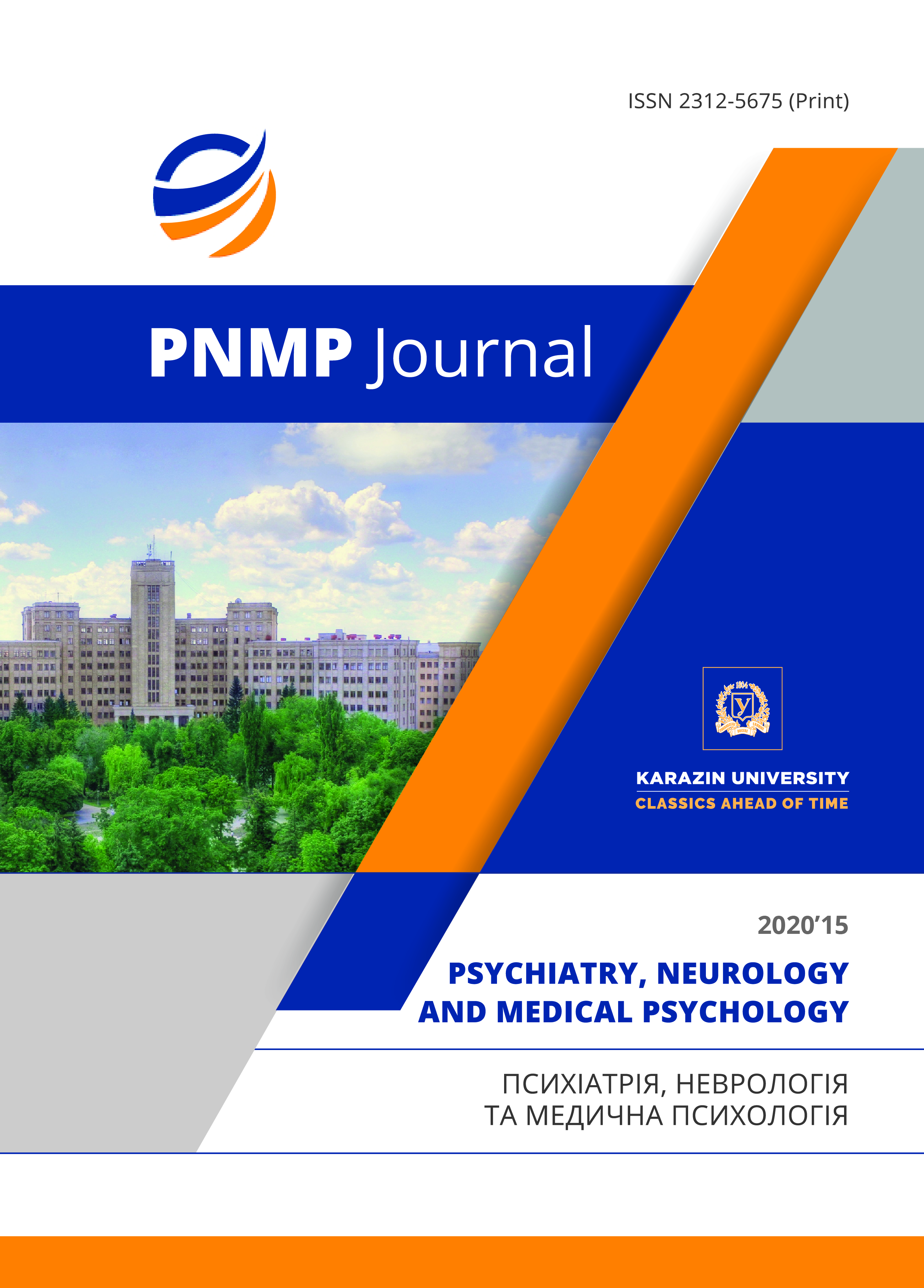Dynamics of changes in the structure of mental illnesses among servicemen treated in the hospital of the psychiatric department of the military medical clinical center of the northern region
Abstract
Against the backdrop of growing military conflict, hostilities are the most stressful factor in deteriorating mental health. For 7 years (from 2012 to 2019) a study of data from 3587 inpatients who served in peacetime, participated in hostilities and served during the armistice. The average age of servicemen differed significantly depending on the period of service, was 26.5 years in 2012 and increased to 34.2 years in 2019. In peacetime, diseases predominantly related to neurotic, stress-related and somatoform disorders (F40-F48), adult personality disorders and behavioral disorders (F60-F69). The drug problem comes to the fore during the fighting in late 2014 and 2015. The total number of patients with drug problems was 46.2% among all hospitalized in 2014 and 2015. During the same period, 24.2% of all hospitalized patients had neurotic stress-related and somatoform disorders (F40-F48). As active hostilities decreased, the number of these disorders increased. In 2019 and amounted to 50.8% of servicemen treated in hospital. In the hospital, we observed an increase in mental and behavioral disorders due to the use of psychoactive substances (mainly alcohol, opiates), the number of such patients increased in the overall structure of diseases to 21.5% in 2019. For the first time, a significant amount of data from servicemen was analyzed and the obtained material demonstrates the need to involve narcology specialists in the rehabilitation process.
Downloads
References
Siriy S. The essence of the concepts of "local war" and "military conflict" and their typology. Political Management. 2006, no. 4, pp. 124-134. [in Ukr.]
Hryliuk S. Experience in organizing psychological support at the beginning of an anti-terrorist operation. Bulletin of the National University of Defense of Ukraine. 2019, vol. 51, no. 1, pp. 11-16. DOI: 10.33099/2617-6858-2019-51-1-11-16. [inUkr.]
R. Ramchand, Terry L Schell, Benjamin R Karney et al. Disparate prevalence estimates of PTSD among service members who served in Iraq and Afghanistan: possible explanations. J Trauma Stress. 2010, vol. 23, no. 1, pp. 59-68. DOI: 10.1002/jts.20486
Erin Martz. Trauma Rehabilitation After War and Conflict. Community and Individual Perspectives. – New York, Springer, 2010.
Bogomolets O. B., Pinchuk I. Y., Ladik-Brizgalova A. K. Prevalence and structure of post-traumatic mental disorders in combatants. Archives of Psychiatry. 2016, vol. 22, no. 2 (85) , pp. 11-15. [in Ukr.]
E. Kharchenko, O. Osuhovska, A.Vasylyeva Y. Orlovska, T. Sinіtska, A.Chepurna. Сharacteristics of interrelation of posttraumatic stress disorder psychoactive substance use in conditions anti-terorist operation. Archives of Psychiatry. 2015, vol. 22, no. 2 (81), pp. 27- 31. [in Ukr.]
Franz, Molly R., Kaiser, Anica Pless, Phillips, Rebecca J., Lee, Lewina O., et al. Associations of warzone veteran mental health with partner mental health and family functioning: Family Foundations Study. Depression and Anxiety. 2020, vol. 37, no. 11, pp. 1091-4269. DOI: 10.1002/da.23083

